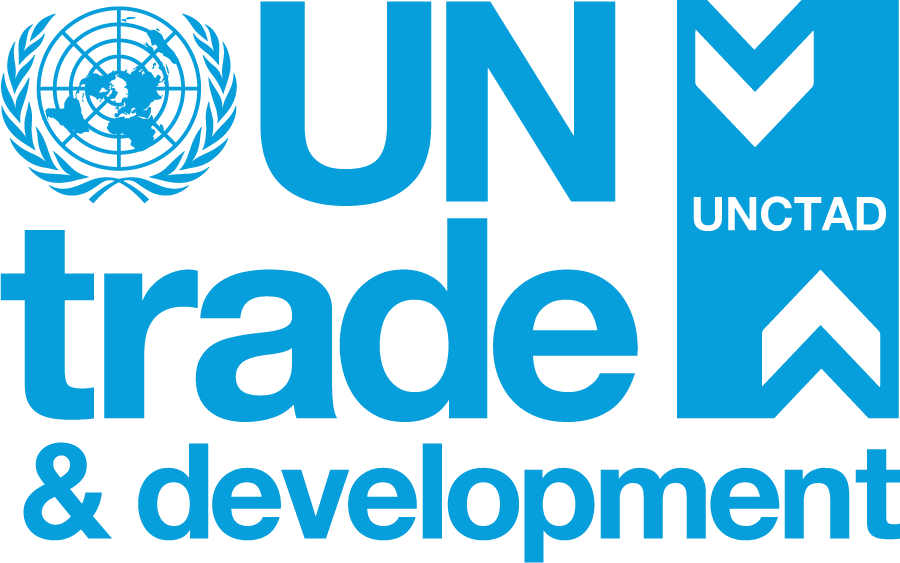| EMBARGO The contents of this press release and the related Report must not be quoted or summarized in the print, broadcast or electronic media before 19 July 2007, 17:00 GMT (1 PM New York, 19:00 Geneva) |
Brain drain -- the emigration of skilled workers -- is pervasive in most least developed countries (LDCs) and is a serious barrier to using technology to help such nations expand their economies and raise living standards, an UNCTAD report warns.
Five LDCs -- Haiti, Cape Verde, Samoa, Gambia and Somalia -- have lost more than half their university-educated professionals in recent years because these professionals have moved to industrialized countries in search of better working and living conditions, notes the Least Developed Countries Report 2007: "Knowledge, Technological Learning and Innovation for Development"(1). Seven other LDCs have seen more than one third of their trained professionals leave (see chart).
Overall, it is estimated that some 1 million skilled persons from LDCs lived and worked in developed countries in 2004, a brain drain of 15%, considering that there are some 6.6 million people in LDCs who have university-level educations. The world´s 50 LDCs are more affected by brain drain than are developing countries in general, where the rate of such emigration is below 8%, the report says.
Lost "human capital", as it is called, can have serious consequences. The work of skilled professionals is a precondition for upgrading the productive structures and the exports of LDCs, and for improving the sophistication of domestic businesses -- not to mention for improving domestic health and education, which benefit entire populations. Without enough trained agronomists, biologists, engineers, scientists, doctors, nurses and information and communication technology (ICT) professionals, it is impossible for the firms and farms of LDCs to use technology to upgrade their products and efficiency -- and that makes it difficult for them to face foreign competitors. The emigration of qualified people thus damages long-term growth and development prospects. This is particularly true for LDCs, given their relatively low populations of skilled professionals.
The LDCs most affected by brain drain are African LDCs, Haiti, and some island LDCs (see chart). "Skilled" emigration rates are particularly high for countries that were affected by political instability in the 1980s and 1990s, for the poorest countries, and for small islands. By contrast, brain drain is less acute in Asian LDCs. Bangladesh, Myanmar, Nepal and Bhutan have lost less than 5% of their skilled persons to developed countries.
Brain drain from LDCs results from complementary forces. Persons with university-level educations are attracted overseas by much higher pay in developed countries (in some cases as much as 20 times for corresponding professions) and are spurred to move by bleak work prospects at home. At the same time, industrialized countries actively recruit skilled workers from developing countries, including LDCs, to fill gaps in their labour markets. Such gaps are caused by aging populations, by shortages in rapidly growing fields -- such as ICT -- and by dearths of lower- to mid-level skilled manpower, as educational systems fail to supply sufficient numbers of technicians, electricians, nurses and teachers. Skilled emigration from developing countries (including LDCs) to developed countries increased by 66% during the 1990s.
Although emigrants usually send money to their home countries, and this has become an important source of foreign revenue for some LDCs -- in recent years, remittances have been a larger source of foreign exchange than exports for Bangladesh, Lesotho, Uganda, Senegal, Cape Verde and Samoa -- there are few indications that these remittances are used for investment. Instead, they are largely used for consumption, a great portion of which is met with imports. Therefore this inflow of money apparently contributes little to long-term economic growth in LDCs.
The Least Developed Countries Report 2007 recognizes that skilled emigration from LDCs will continue. It recommends measures to make it possible, at least, for highly trained workers to come and go between origin and destination countries and to minimize negative impacts on LDCs. Efforts should be directed at enhancing such "brain circulation" (as opposed to brain drain) and at increasing the flow of knowledge to LDCs.
UNCTAD recommends that LDCs try to keep their trained professionals by providing better employment and career opportunities; that they establish programmes to lure émigrés home, at least for temporary periods, to contribute to domestic economic growth and knowledge; and that they build links with the diaspora in industrialized nations to stimulate flows of technology and know-how.
The Least Developed Countries Report 2007 says industrialized countries can help by supporting policies that will help to dampen their demand for those professionals most needed by LDCs. Measures could include, e.g., favouring temporary recruitment rather than permanent immigration; establishing and enhancing programmes to assist qualified emigrants in returning to their home countries; using official aid programmes to improve working conditions in specific professions in LDCs, such as education and health. In the United Kingdom, e.g., policies to reduce the impact of brain drain in the health sector include restrictions on the international recruitment of nurses from countries where their emigration would have negative consequences for the home country.
ANNEX
LDCs with highest emigration rates in 2000(Skilled emigrants as percentage of persons with university-level education in country of origin)
Source: UNCTAD, Least Developed Countries Report 2007


